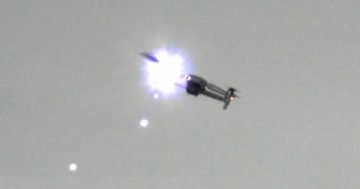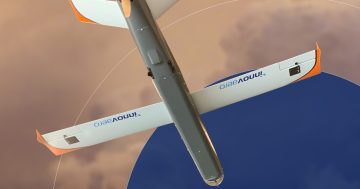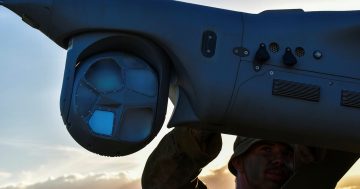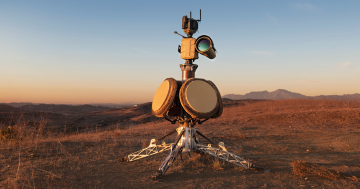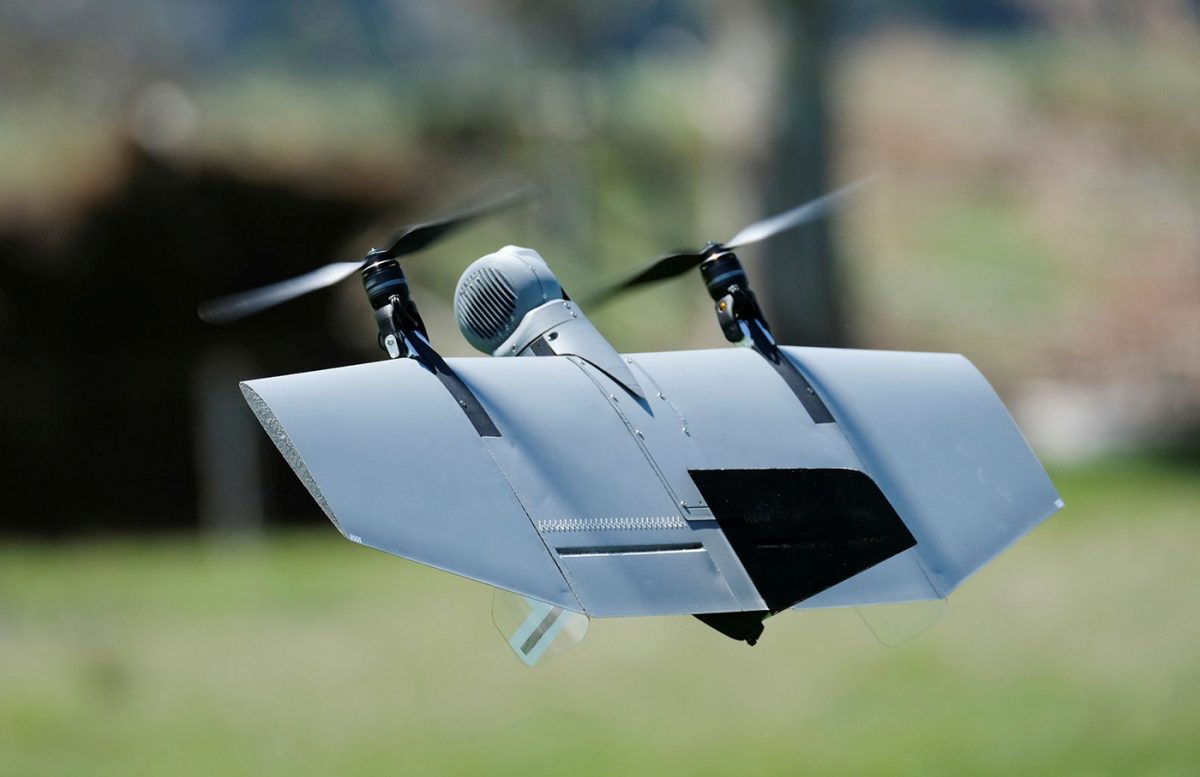
A Corvo X SUAS transitioning to forward flight shortly after takeoff. Photo: SYPAQ Systems.
A long-held requirement to replace the Australian Army’s hand-launched small uncrewed aerial systems (SUAS) has finally been acted on, with two drone systems to be acquired.
The Federal Government announced on 15 July that the Quantum-Systems Vector 2-in-1 and the Australian-designed and developed SYPAQ Systems Corvo X will be acquired for Project DEF 129 to replace the Wasp III SUAS in army service.
Originally tendered under the LAND 129 Phase 4B requirements, the DEF 129 solutions are designed to bolster the ADF’s ability to carry out surveillance and reconnaissance, and to augment the ADF’s existing stock of drones.
The new drones will enhance ADF force protection and potency capabilities across land and littoral operations by supporting the army and the Royal Australian Air Force in confined areas, including small marine craft and urban environments.
A Request for Tender for the new drones closed in March 2022, so the decision on the successful bidders has been a long time coming.
The $100 million investment in the systems will create at least 30 highly skilled jobs at Quantum-Systems Australia in Brisbane and at SYPAQ Systems and Melbourne.
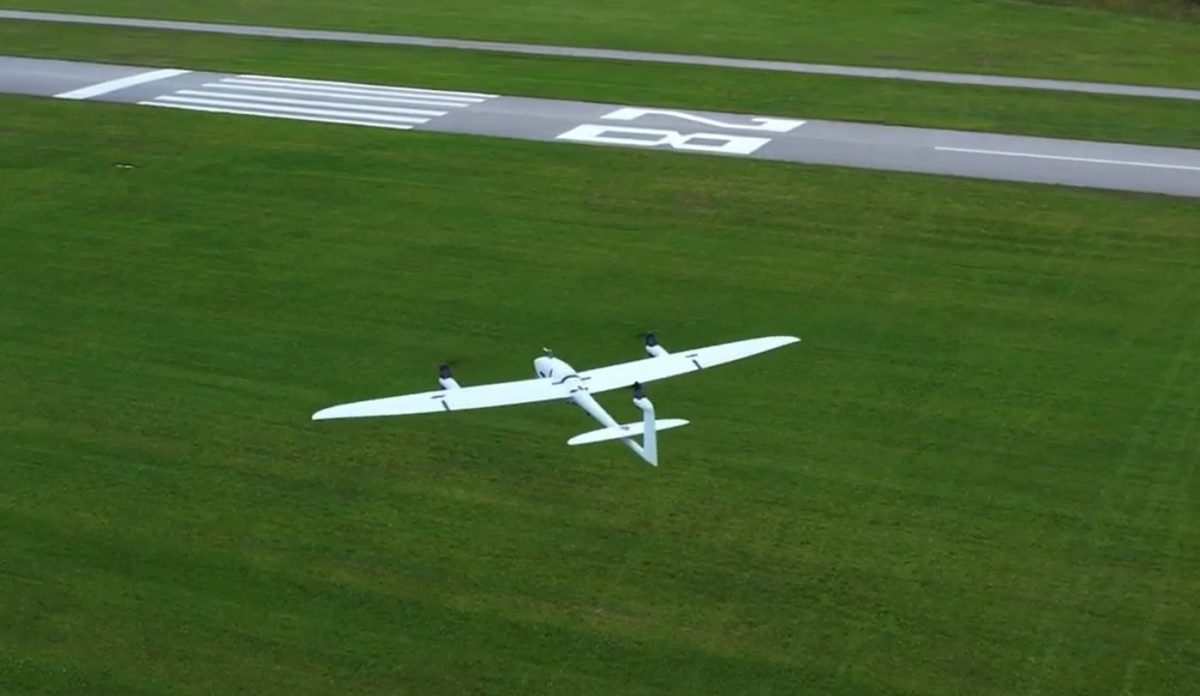
The Vector 2-in-1 with the electric rotors pivoted for vertical flight. Photo: Screenshot/Quantum Systems.
The Vector 2-in-1 is described as a fixed-wing electric vertical takeoff and land (eVTOL) UAS that can deliver real-time, high-resolution video for surveillance and reconnaissance missions. The three small electric motors – one on each wing and one on the tail – pivot after takeoff to enable forward flight.
It can be carried in a backpack, assembled and operational in three minutes, and can take off and land in confined spaces without the need for additional tools or equipment.
Quantum-Systems Inc CEO David Sharpin said the company was honoured to be selected by Australia to equip army combat teams with its advanced SUAS to provide the enhanced situational awareness and increased force protection they required.
“We will continue to actively identify further opportunities for Australian industry, reinforcing our dedication to nurturing local talent and enhancing the nation’s defence capabilities,” he said.
The Corvo X is also a small eVTOL design that, in essence, resembles a flying wing with an optical sensor on the front and a small tailfin at the rear. Like the Vector 2-in-1, the Corvo X has two pivoting electric motors to enable vertical or forward flight.
SYPAQ CEO Amanda Holt said the selection of the Corvo X was the culmination of a journey the company embarked on with the Commonwealth to establish a sovereign design, manufacture and support for military-grade SUAS in Australia.
“It’s a truly remarkable achievement to work with CASG and the Commonwealth to redefine the way Australia’s defence industry delivers and maintains SUAS capability for Australian Defence Force users,” she said.
SYPAQ has also supplied large numbers of ‘’flatpack’’ cardboard Corvo drones to Ukraine as part of Australia’s military aid to that country.
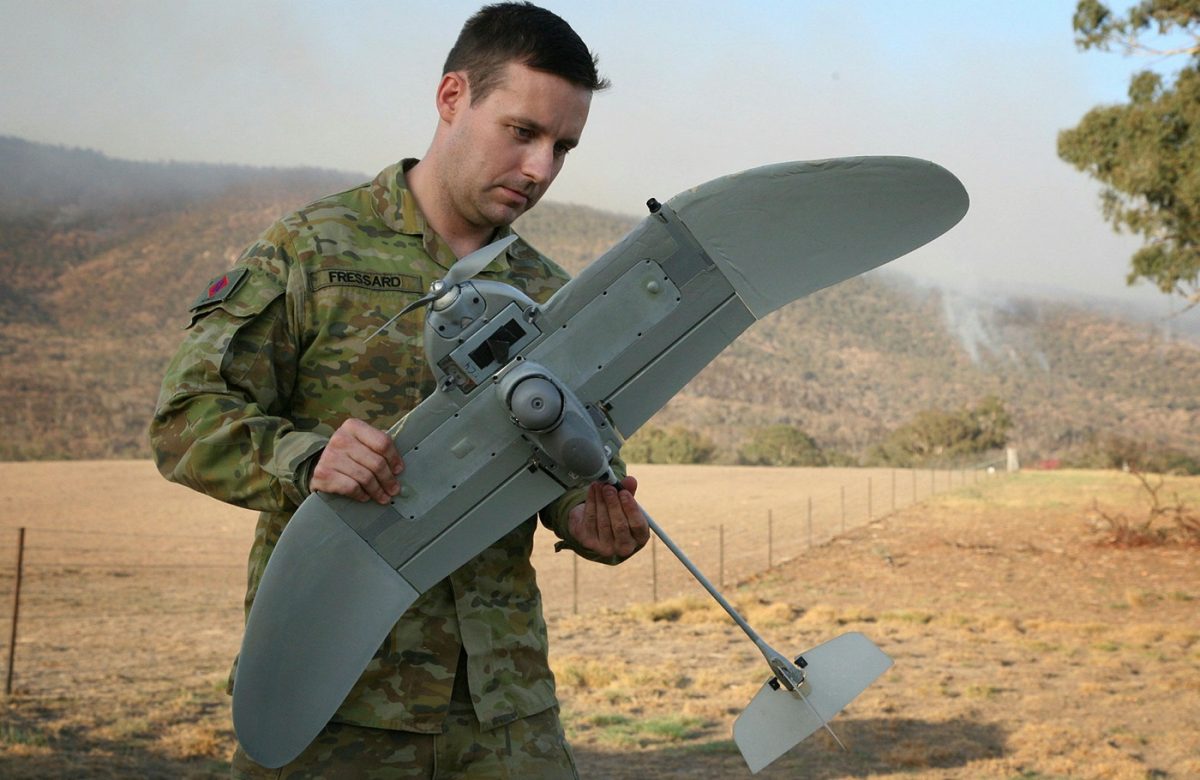
Project DEF 129 sought a SUAS replacement for the Wasp III. Photo: ADF.
Both the Vector 2-in-1 and the Corvo X are expected to begin deliveries to the army in 2025.
Minister for Defence Industry Pat Conroy said Defence’s partnership with the two pioneering companies was an example of how the government was not only investing in Australian ingenuity but also in the capabilities ADF personnel needs to keep Australians safe.
“With this investment, the Albanese government will grow our defence industrial base, supply chains and create highly skilled, well-paid jobs,” he said.
“The delivery of these uncrewed aerial systems in 2025, within a year of project approval, is a significant demonstration of Defence and industry’s strong partnership and intent to enhance the speed at which we introduce capabilities in support of current and future Defence requirements.”
The acquisition of both of the SUAS drones is part of the Federal Government’s efforts to trial low-cost, expendable uncrewed and autonomous systems that are capable of production at scale and to operate in contested environments.



